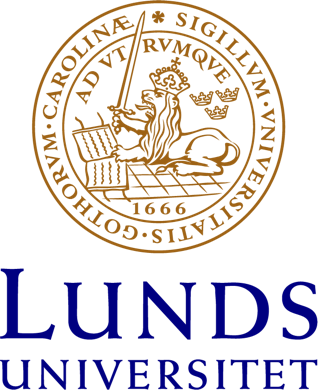Scientists solve astronomical riddle
Packed tightly together like twinkling stellar beehives, these globular clusters are made up of hundreds of thousands of stars. Now, for the first time, a team of scientists can reveal how the ancient and mysterious star systems actually form. The existence of these globular clusters, comprising millions of stars, has been known since the invention of the telescope in the 17th century. Globular cl
https://www.science.lu.se/article/scientists-solve-astronomical-riddle - 2025-10-09
